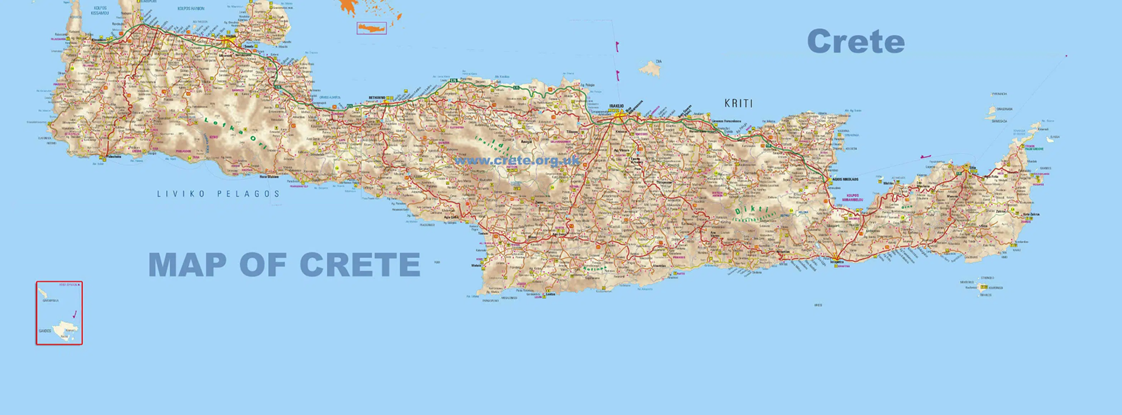- Courses
- GS Full Course 1 Year
- GS Full Course 2 Year
- GS Full Course 3 Year
- GS Full Course Till Selection
- Answer Alpha: Mains 2025 Mentorship
- MEP (Mains Enrichment Programme) Data, Facts
- Essay Target – 150+ Marks
- Online Program
- GS Recorded Course
- Polity
- Geography
- Economy
- Ancient, Medieval and Art & Culture AMAC
- Modern India, Post Independence & World History
- Environment
- Governance
- Science & Technology
- International Relations and Internal Security
- Disaster Management
- Ethics
- NCERT Current Affairs
- Indian Society and Social Issue
- NCERT- Science and Technology
- NCERT - Geography
- NCERT - Ancient History
- NCERT- World History
- NCERT Modern History
- CSAT
- 5 LAYERED ARJUNA Mentorship
- Public Administration Optional
- ABOUT US
- OUR TOPPERS
- TEST SERIES
- FREE STUDY MATERIAL
- VIDEOS
- CONTACT US
Crete Island
Crete Island
16-06-2024

During excavations for an airport on Crete, Greece's largest island, a large circular monument dating back 4000 years was discovered.
About Crete Island:
- Crete is the 5th largest island in the Mediterranean Sea and Greece's largest island.
- It is situated in the southern Aegean Sea, an arm of the Mediterranean Sea.
- The Sea of Crete borders it to the north, the Libyan Sea to the south, the Myrtoan Sea to the west, and the Carpathian Sea to the east.
- Crete has an area of 8,336 sq. km.
- It is long and narrow, stretching about 260 km east-west, with a max width of around 60 km.
History:
- Early hominids inhabited Crete since the Paleolithic Age.
- The Minoan Civilization, Europe's earliest advanced civilization, flourished on the island from around 2700 to 1420 BCE.
- A major earthquake ended the Minoan civilization, and the Mycenaean civilization took over the island.
- The Romans, Byzantines, Andalusians, Venetians, and Ottomans successively ruled the island.
- Crete became part of Greece after gaining independence from Ottoman rule.
- During World War II, the island endured Nazi German occupation and was the site of the famous Battle of Crete.
Which countries border the Mediterranean Sea?
- 22 nations and one territory (Gibraltar) have Mediterranean Sea coastlines.
- The European nations are Spain, France, Italy, Malta, Monaco, Slovenia, Croatia, Bosnia and Herzegovina, Montenegro, Albania, and Greece.
- The Mediterranean Sea is bordered by Turkey, Syria, Lebanon, Israel, the Palestine Gaza Strip, and the divided island of Cyprus in West Asia (Middle East).
- The Mediterranean Sea also has coasts in five North African countries: Morocco, Algeria, Tunisia, Libya, and Egypt.
Must Check: Best IAS Coaching In Delhi



